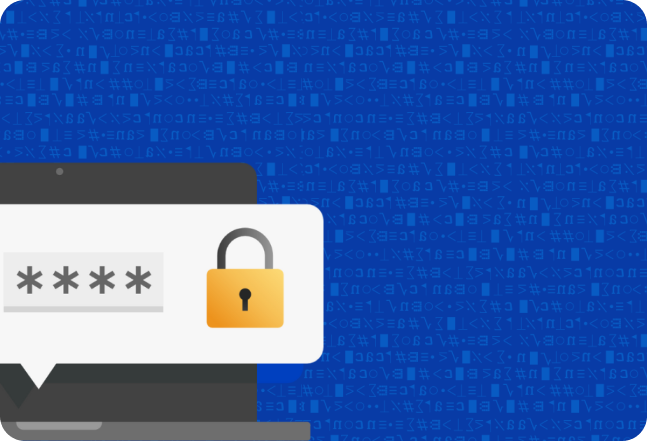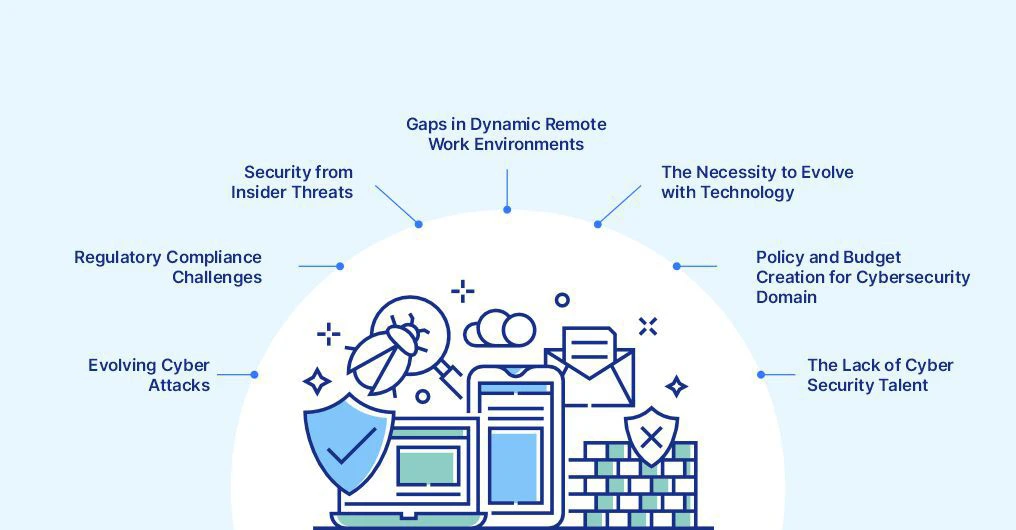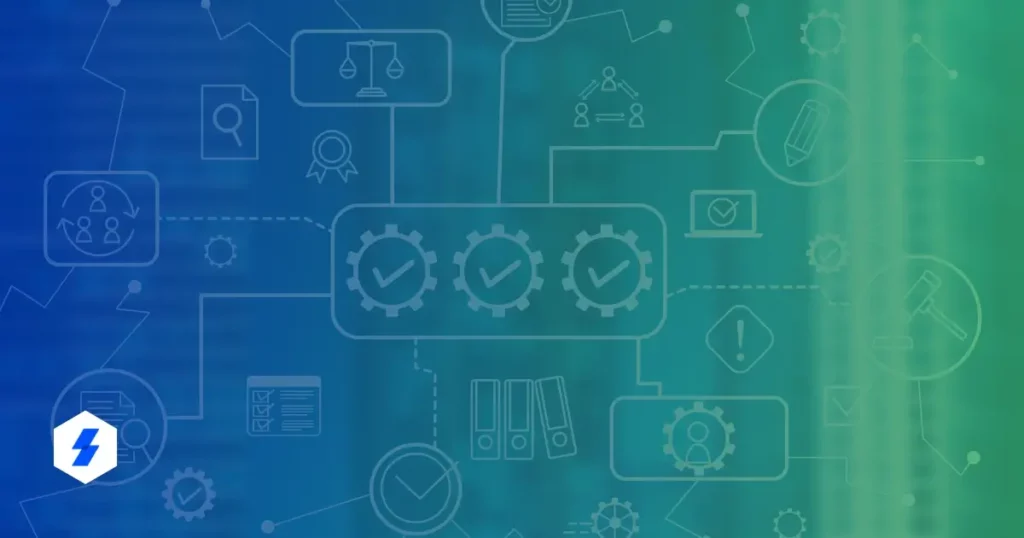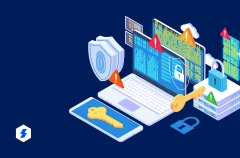Privileged Access Management for Finance and Banking
Top 7 Challenges of CISOs in 2022

Password Management in Network Security:
What is it? Why is it Crucial?

Today, the role of a Chief Information Security Officer (CISO) has become an indispensable part of organisational operations. Businesses worldwide are facing numerous sophisticated ransomware attacks and cyber security threats. Amid the COVID-19 pandemic, the number of cyber-attacks across Europe, East Asia and Latin America saw a staggering 100% increase.
83% of organisations have reported more than one data breach in 2022. And during the same year, the global average data breach cost reached an all-time high of a whopping $ 4.35 million.
The evolution of transformative technologies and the emergence of new threats present CISOs with various challenges every year. From managing cyber security budgets to developing policies for secured and successful business operations, the role has become as challenging as juggling a dozen glasses. By 2023, 30% of a CISO’s effectiveness will be measured on the ability to create value for the business.
Here we will cover the top seven challenges facing the CISO community in 2022.
What are the Top 7 Challenges Facing CISOs in 2022?
Evolving Cyber Attacks
Data security and privacy have become questionable amid the usage of sensitive data to drive business-critical decisions and increasing daily online financial transactions. Though the rapid expansion of technologies like IoT, cloud computing and Crypto Currencies has been beneficial, it has opened potential vulnerabilities in enterprise networks.
Hackers have easy access to sophisticated tools and techniques that can enable them to exploit vulnerabilities on enterprise networks. In addition, with the ‘one-click’ availability of malware and viruses etc., the number of ransomware, DDoS and Zero-Day attacks has increased.
In this situation, CISOs need to work harder to mitigate security vulnerabilities and ensure that their company’s data is secure.
Regulatory Compliance Challenges
Newly introduced country-specific cyber security frameworks and existing regulatory guidelines (that are continuously updated) require businesses to comply with every applicable control. Failing to obey these standards can result in penalties for organisations. Hence, CISOs need to stay informed about new requirements, analyse the applicability of provisions to their business and design processes to comply with the regulations laid out.
Security from Insider Threats
Insider threats are far more damaging than a data breach from an outside hacker. They affect companies of all sizes and are difficult to detect and mitigate. According to a report published by the Ponemon Institute, the number of days to contain an insider incident has increased to 85 from 77 days.
As an insider threat can involve an employee of any level, CISOs need to build and implement security policies for each level and focus on areas such as:
- Data Discovery and Encryption
- Data Loss Prevention
- Password Management
- Privileged Access Management
- Identity and Access Management
In addition, CISOs are also needed to address the challenge of human error by designing security awareness programs that educate employees about targeted attacks.
Gaps in Dynamic Remote Work Environments
The COVID-induced remote work and the ongoing hybrid work models have presented a fresh set of challenges to cyber security personnel. Employees accessing enterprise applications on unpatched and unsecured personal devices has resulted in a spike in cybercrime.
Although VPN-based access can help companies encrypt traffic, it cannot protect endpoints from malware injections and viruses. Hence, CISOs must balance data security and business continuity. And ensure that users access critical applications from managed devices.

The Necessity to Evolve with Technology
Generally, CISOs are expected to secure every digital aspect of an enterprise in the present tech-enabled business landscape. CISOs need to be well versed with technologies, from their features to their integration points in the infrastructure. In addition, these C-level executives need to be aware of the security implications and business applications before adopting a technology.
Policy and Budget Creation for Cybersecurity Domain
Cyber security may not look like a priority, although it is! Cyber attacks are costly when they happen. Despite the fact that cybersecurity should be an essential aspect of organisational operations, cost optimisation often hinders proper funding for this domain. CISOs often face challenges in implementing efficient cyber security strategies due to limited budget experiences.
The Lack of Cyber Security Talent is a CISO challenge
58% CISOs face the challenge of skill shortage in cybersecurity. CISOs need necessary skilled and knowledgeable security resources to implement strategies and mitigate vulnerabilities in the infrastructure. Inadequate cybersecurity resources can delay the addressing of critical security issues.
Conclusion
Before the advent of transformative technologies, a few years ago, having a CISO was not necessary. However, today, having a CISO is of paramount importance for organizations, given better cybersecurity and operational efficiency.
Related Reading: Top Cyber Attacks of 2022 | VPN: Boon or Bane?
Recent Posts
GET SUPPORT


- © 2024 Sectona Technologies Private Limited. All rights reserved. All trademarks held by their respective owners.
- © 2023 Sectona Technologies Private Limited. All rights reserved. All trademarks held by their respective owners.
- Privacy Policy
- Terms
- Eula
- Responsible Disclosure
GET SUPPORT


- © 2023 Sectona Technologies Private Limited. All rights reserved. All trademarks held by their respective owners.
- Privacy Policy
- Terms
- Eula
- Responsible Disclosure






